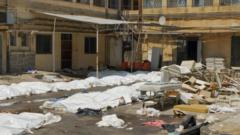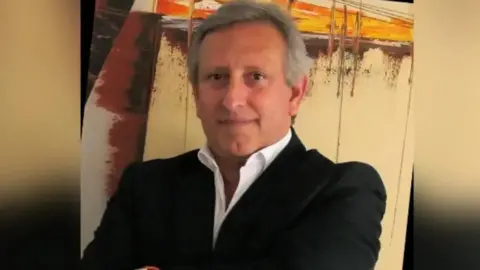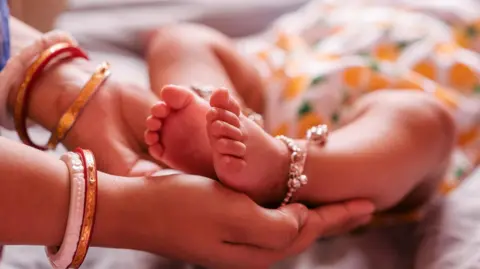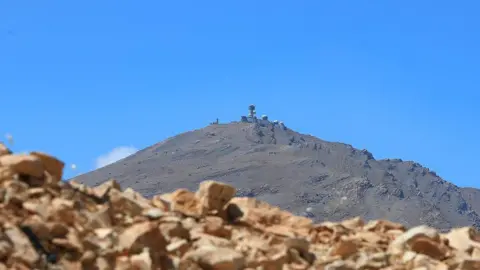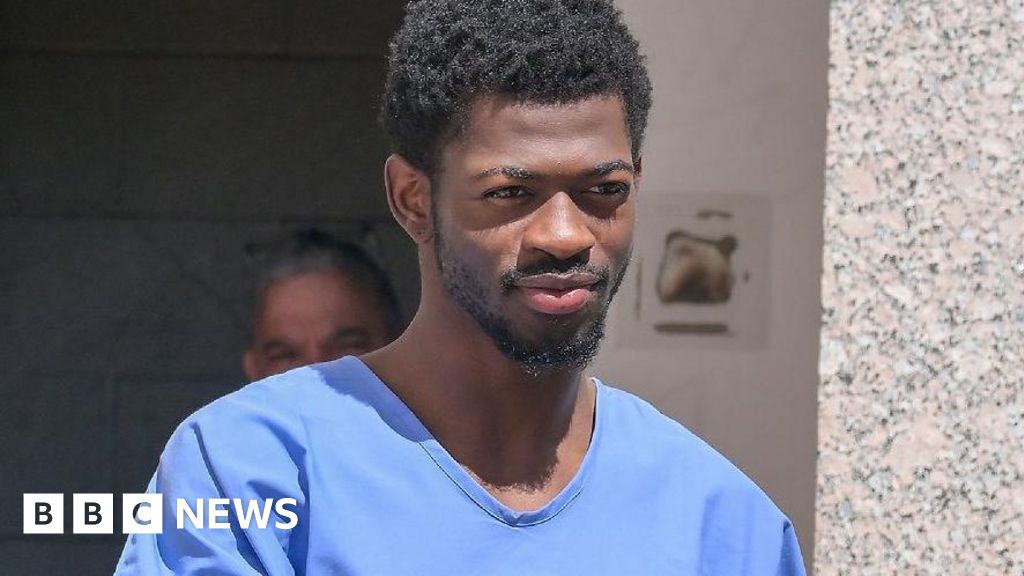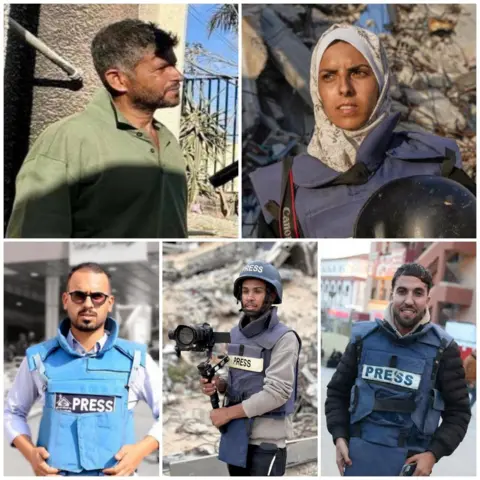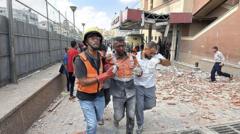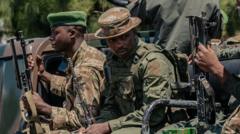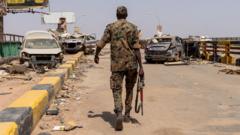The current unrest in the Druze-majority region of Suweida, Syria, has brought forth grave allegations against Syrian government forces who are accused of committing a massacre at a local hospital. Eyewitnesses and hospital staff report shocking accounts of violence that erupted just over a week ago during sectarian clashes.
As I arrived at Suweida's National Hospital, the disturbing sight of numerous decomposing corpses lined up in white plastic bags filled the parking lot, their presence overshadowed by a nauseating smell of decay. Dr. Wissam Massoud, a neurosurgeon at the hospital, stated bluntly, “It was a massacre.” According to him, soldiers arrived claiming to seek peace but instead killed patients of all ages.
Hospital volunteer Kiness Abu Motab voiced similar sentiments, asserting that the victims were targeted for their identity as part of a minority community within Syria. “What is their crime? Just for being a minority in a democratic country?” he asked in disbelief.
Reports suggest that government troops entered the hospital and indiscriminately shot patients in their beds, a horrific breach of international law, which mandates the protection of healthcare facilities. One eyewitness described the harrowing scene: "They shot an eight-year-old disabled boy in the head."
The atmosphere in Suweida is fraught with tensions as all factions in the conflict have been accused of perpetrating violent acts against civilians, adding a layer of complexity to the ongoing strife. Despite estimates that suggest over 300 individuals may have been killed during the government raid, this figure remains unverified.
Furthermore, the Syrian defense ministry acknowledged "shocking violations" reportedly committed by individuals wearing military clothing in Suweida. Syryan officials, including Raed Saleh, the Minister for Disaster Management, have promised that all allegations concerning atrocities will be investigated thoroughly.
Remarkably, access to Suweida City is exceedingly restricted, complicating efforts to gather corroborative evidence. The city, now under heavy surveillance by government forces, presents an eerie testament to conflict, with burnt shops and vehicles bearing the scars of battle. Although several Druze villages have been recaptured, Suweida City itself, home to more than 70,000 people, remains firmly under Druze control.
Before departing the hospital, I encountered Hala Al Khatib, an eight-year-old girl with a blood-stained bandage on her head, revealing the extent of her injuries—she appeared to have lost an eye. As she recounted the moment gunmen invaded her home, shooting while she hid, she was unaware that she had lost both of her parents in the violence.
As these grim accounts emerge from Suweida, the world watches closely, eager for clarity and justice in a region burdened by deep-seated sectarian conflict.
As I arrived at Suweida's National Hospital, the disturbing sight of numerous decomposing corpses lined up in white plastic bags filled the parking lot, their presence overshadowed by a nauseating smell of decay. Dr. Wissam Massoud, a neurosurgeon at the hospital, stated bluntly, “It was a massacre.” According to him, soldiers arrived claiming to seek peace but instead killed patients of all ages.
Hospital volunteer Kiness Abu Motab voiced similar sentiments, asserting that the victims were targeted for their identity as part of a minority community within Syria. “What is their crime? Just for being a minority in a democratic country?” he asked in disbelief.
Reports suggest that government troops entered the hospital and indiscriminately shot patients in their beds, a horrific breach of international law, which mandates the protection of healthcare facilities. One eyewitness described the harrowing scene: "They shot an eight-year-old disabled boy in the head."
The atmosphere in Suweida is fraught with tensions as all factions in the conflict have been accused of perpetrating violent acts against civilians, adding a layer of complexity to the ongoing strife. Despite estimates that suggest over 300 individuals may have been killed during the government raid, this figure remains unverified.
Furthermore, the Syrian defense ministry acknowledged "shocking violations" reportedly committed by individuals wearing military clothing in Suweida. Syryan officials, including Raed Saleh, the Minister for Disaster Management, have promised that all allegations concerning atrocities will be investigated thoroughly.
Remarkably, access to Suweida City is exceedingly restricted, complicating efforts to gather corroborative evidence. The city, now under heavy surveillance by government forces, presents an eerie testament to conflict, with burnt shops and vehicles bearing the scars of battle. Although several Druze villages have been recaptured, Suweida City itself, home to more than 70,000 people, remains firmly under Druze control.
Before departing the hospital, I encountered Hala Al Khatib, an eight-year-old girl with a blood-stained bandage on her head, revealing the extent of her injuries—she appeared to have lost an eye. As she recounted the moment gunmen invaded her home, shooting while she hid, she was unaware that she had lost both of her parents in the violence.
As these grim accounts emerge from Suweida, the world watches closely, eager for clarity and justice in a region burdened by deep-seated sectarian conflict.

